Archives
- 2025-12
- 2025-11
- 2025-10
- 2025-09
- 2025-04
- 2025-03
- 2025-02
- 2025-01
- 2024-12
- 2024-11
- 2024-10
- 2024-09
- 2024-08
- 2024-07
- 2024-06
- 2024-05
- 2024-04
- 2024-03
- 2024-02
- 2024-01
- 2023-12
- 2023-11
- 2023-10
- 2023-09
- 2023-08
- 2023-07
- 2023-06
- 2023-05
- 2023-04
- 2023-03
- 2023-02
- 2023-01
- 2022-12
- 2022-11
- 2022-10
- 2022-09
- 2022-08
- 2022-07
- 2022-06
- 2022-05
- 2022-04
- 2022-03
- 2022-02
- 2022-01
- 2021-12
- 2021-11
- 2021-10
- 2021-09
- 2021-08
- 2021-07
- 2021-06
- 2021-05
- 2021-04
- 2021-03
- 2021-02
- 2021-01
- 2020-12
- 2020-11
- 2020-10
- 2020-09
- 2020-08
- 2020-07
- 2020-06
- 2020-05
- 2020-04
- 2020-03
- 2020-02
- 2020-01
- 2019-12
- 2019-11
- 2019-10
- 2019-09
- 2019-08
- 2019-07
- 2019-06
- 2019-05
- 2019-04
- 2018-07
-
Tumor tissues often experience hypoxia owing
2024-01-18
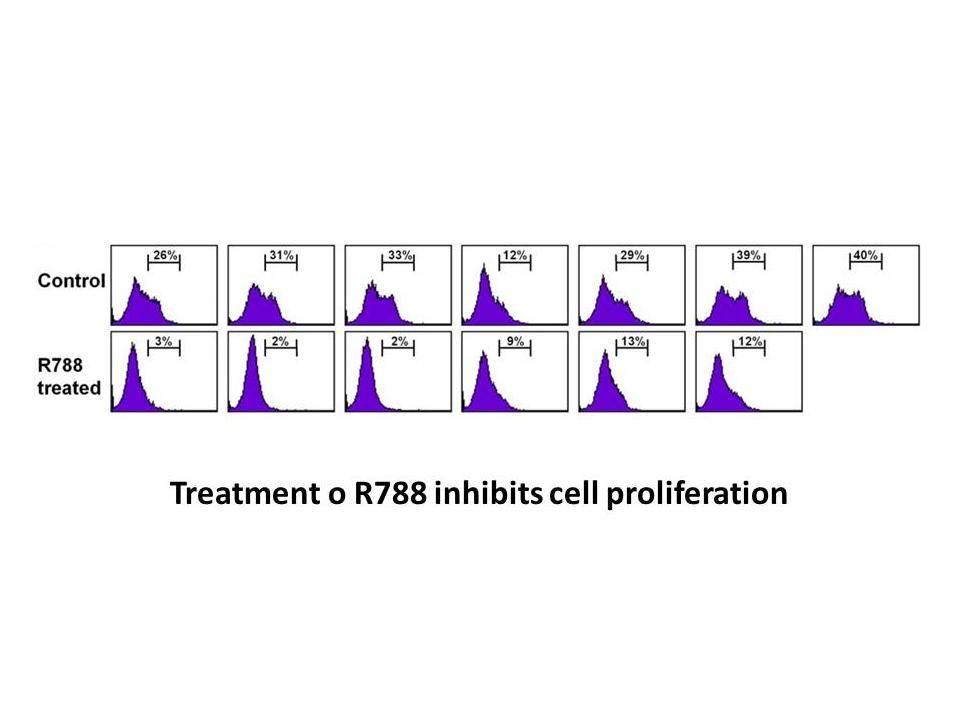
Tumor tissues often experience hypoxia owing to accelerated growth rates of malignant cells, accumulation of metabolic products, disorganization of tumor blood vessels, and high interstitial fluid pressures (Makino et al., 2001). In response to AAD treatment, tumor vascular density often decreases t
-
However in recent years advanced experiments and findings ar
2024-01-18
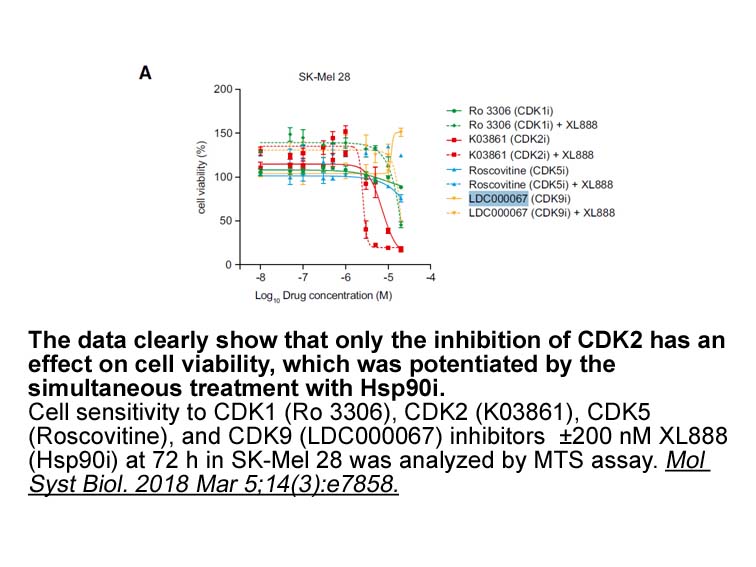
However, in recent years advanced experiments and findings are emerging to give us more detailed information on Aβ-membrane interactions. Several reviews have provided background on the fibrillation of Aβ and the Aβ-membrane interactions [[18], [19], [20], [21], [22]]. In this review, we mainly focu
-
br Materials and methods br Results br Discussion
2024-01-18
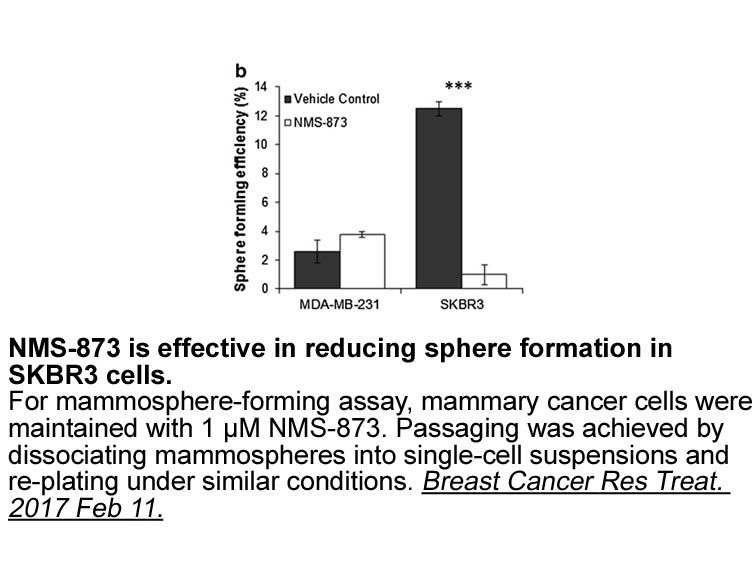
Materials and methods Results Discussion Prostate cancer is the most common cancer in men in the United States and the second leading cause of cancer death. Therapeutic interventions include mainly: radical prostatectomy or radiation therapy (RT), with or without androgen deprivation therap
-
Within the thrombus there is heterogeneity in
2024-01-18
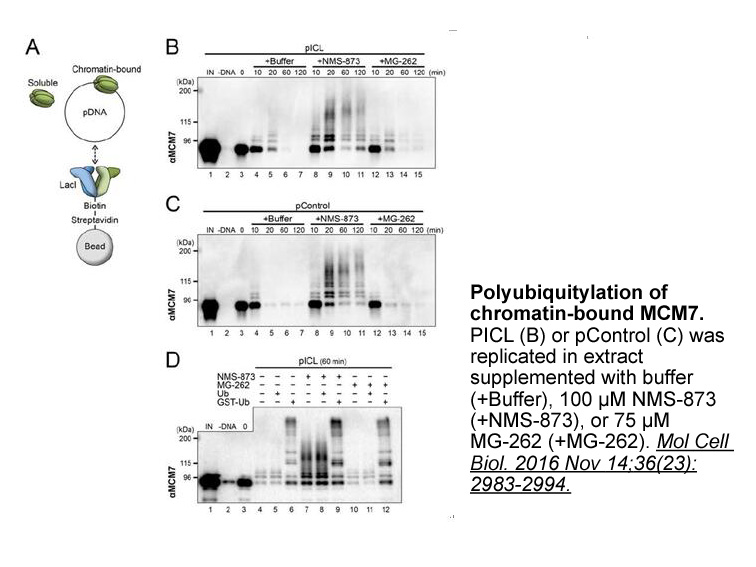
Within the thrombus, there is heterogeneity in the activation of Carmoxirole hydrochloride based on the concentration gradients of soluble agonists emanating from the site of vascular injury, which has been excellently reviewed by Tomaiuolo et al.[1]. As part of the coagulation cascade, active thro
-
br Pathophysiology of Alzheimer disease Alzheimer
2024-01-18
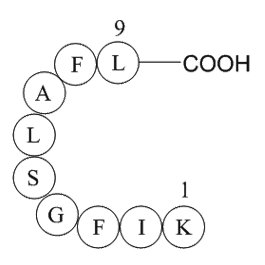
Pathophysiology of Alzheimer disease Alzheimer disease is characterized by severe neurodegeneration, neuroinflammation, and progressive loss of cognitive abilities. The diagnostic criteria for dementia released by the National Institute on Aging-Alzheimer's Association define dementia as the deve
-
Liaohe River situates in the southwestern part
2024-01-18

Liaohe River situates in the southwestern part of Northeast China and flows through Liaoning Province. Due to the rapid urbanization and industrialization, Liaohe River has become one of the most polluted rivers in China. Multitudinous organic pollutants that can induce toxicity to organisms such as
-
In the vasculature it is known that A A
2024-01-18
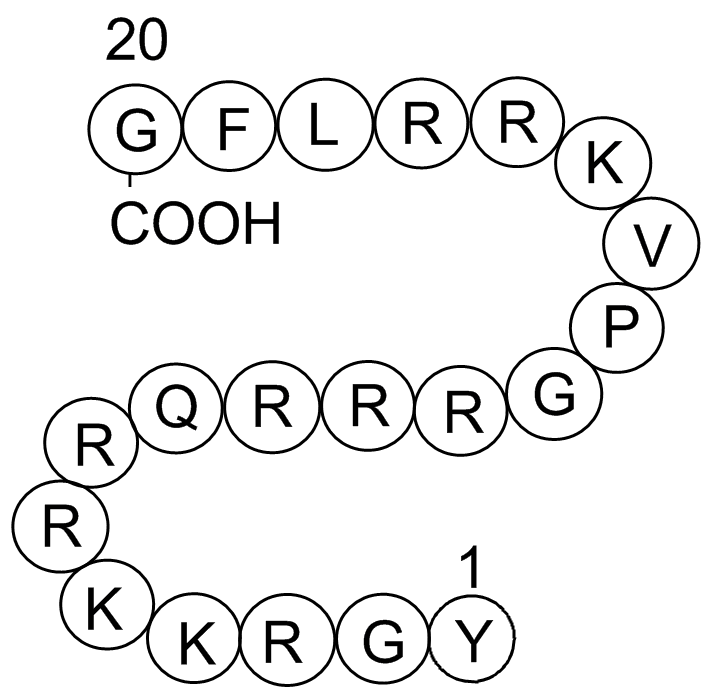
In the vasculature, it is known that A2A and A2B adenosine receptors are stimulatory for adenylyl-cyclase, leading to cyclic-AMP (cAMP) production and vasodilation, while the A1 and A3 adenosine receptors are linked to the inhibitory Gi, suppressing adenylyl-cyclase and favoring contraction. However
-
br Results br Discussion The actin cytoskeleton is a
2024-01-18
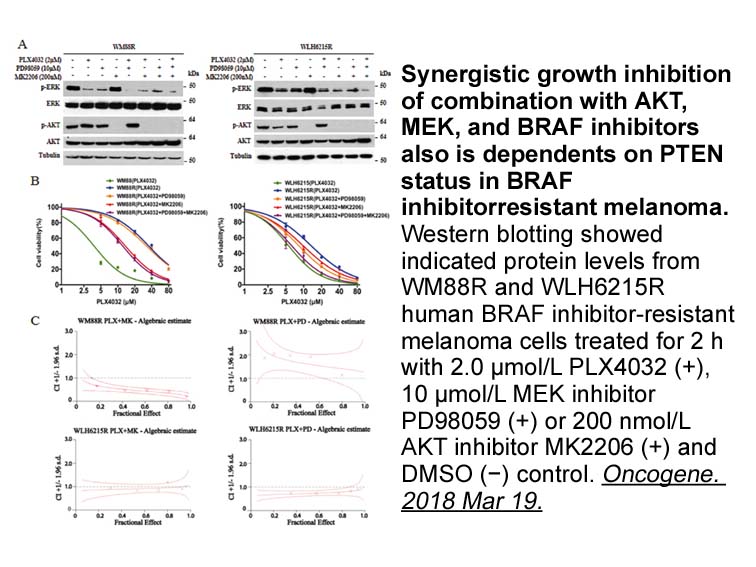
Results Discussion The 516 3 australia cytoskeleton is a highly attractive target for many bacterial toxins, owing to its role in activation and locomotion of immune cells, secretion of humoral response factors, and maintenance of protective barriers at the cellular (sub-membrane cytoskeleton
-
br Experimental section br Results and discussion br
2024-01-18
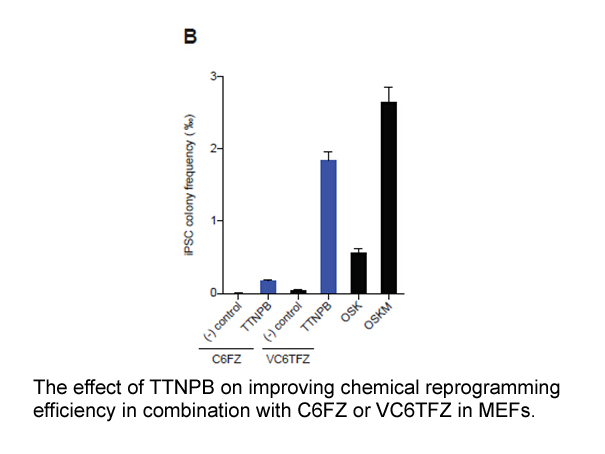
Experimental section Results and discussion Conclusion Acknowledgements This work was financially supported by Recruitment Program of Global Experts, and the Director Foundation of XTIPC, CAS, Grant No. 2015RC011. This work was also financially supported by Natural Science Foundation of
-
6-Bnz-cAMP sodium salt mg br Acknowledgements br Introductio
2024-01-18
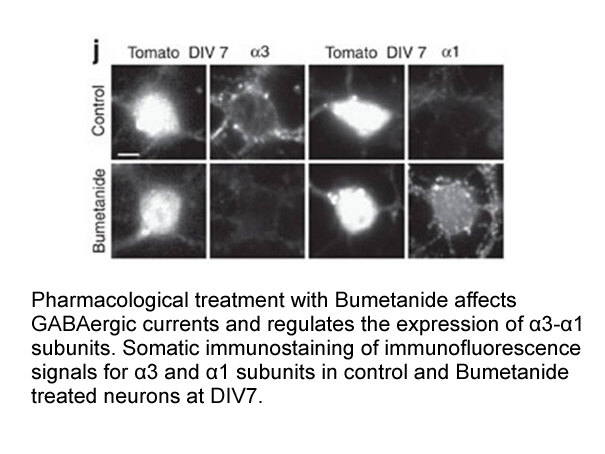
Acknowledgements Introduction Resistant hypertension (RH), is defined as blood pressure (BP) > 140/90 mm Hg despite three full doses antihypertensive drugs including a diuretic. Controlled hypertensive patients taking four 6-Bnz-cAMP sodium salt mg or more of antihypertensives are also conside
-
Caffeic acid dihydroxycinnamic acid is
2024-01-18
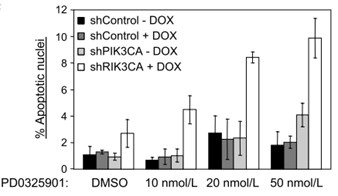
Caffeic NSC228155 (3,4-dihydroxycinnamic acid) is a natural compound that inhibits 5-LO and exerts potent anti-inflammatory and antioxidant properties. Recently, Takeda et al. reported that caffeic acid provided neuroprotective and anti-depressive activities [23]. Sertraline, a selective serotonin r
-
The ambiguity surrounding the role played by the LOXs in
2024-01-17
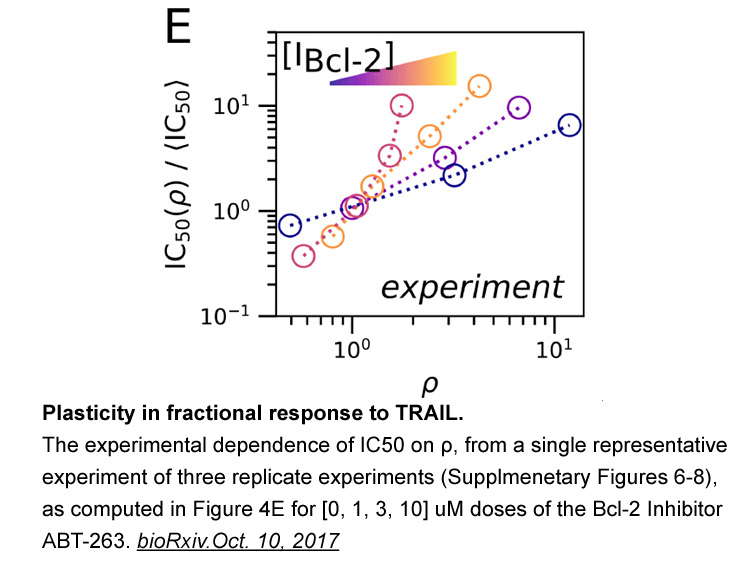
The ambiguity surrounding the role played by the 15-LOXs in malignant biological processes stems also from the limitations of current animal models, and especially the usage of its 12/15-LOX murine homolog, which can also catalyze the production of 12-HETE. Indeed, the proinflammatory effect of 12-H
-
Thus phosphorylation of p was used to
2024-01-17
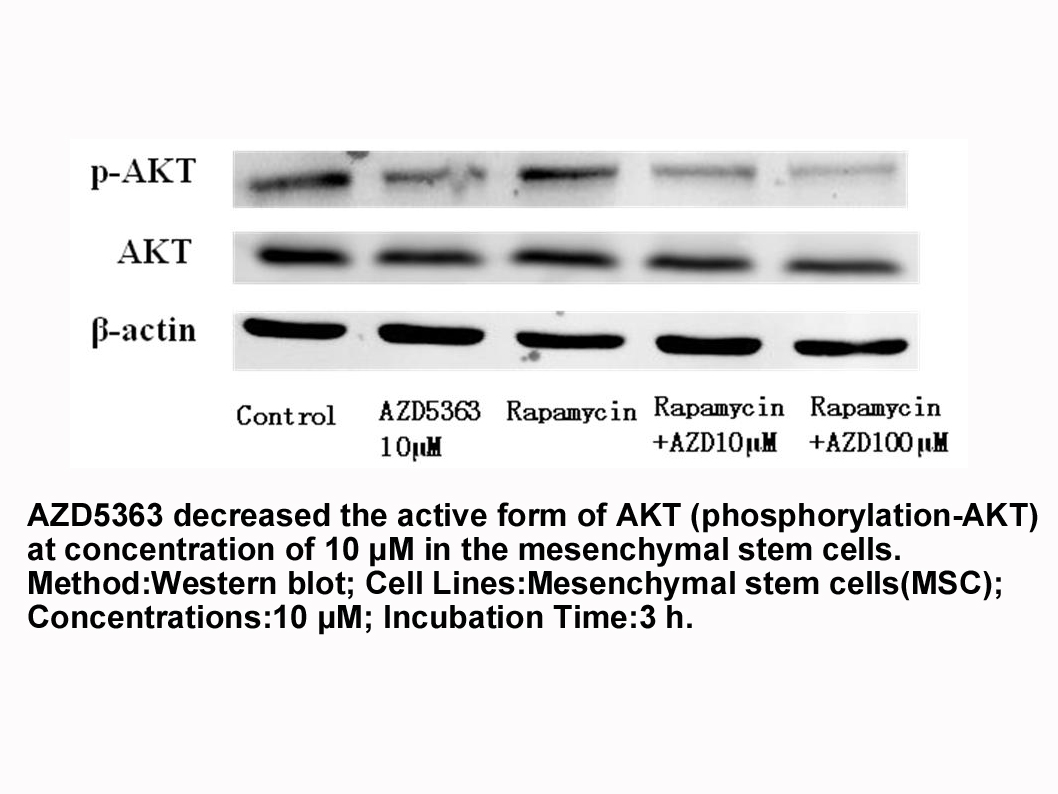
Thus, phosphorylation of p38 was used to measure the intracellular potency of ASK1 inhibitors. In this assay, HEK293/AP-1luc formyl peptide receptors expressing human full-length ASK1 were incubated with compound for 18 h and then lysed and the level of phospho-p38 was quantified using the HTRF ass
-
In the early s in addition
2024-01-17
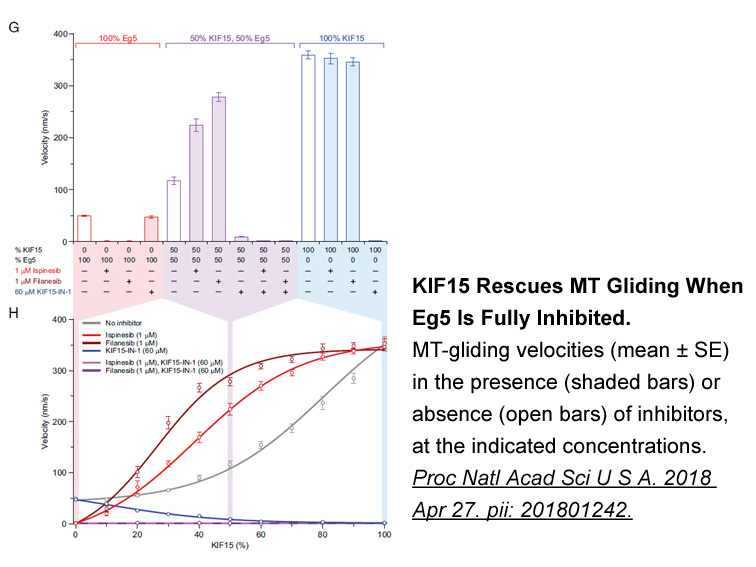
In the early 2000s, in addition to above-mentioned plant derived compounds, several peptide fragments from protein sources (e.g. gelatin, egg yolk, meat, fish, chicken, legumes) have been also confirmed as potential natural antioxidants and extensive studies about bioactive peptides have been conduc
-
br Concluding remarks br Definition Prion diseases are fatal
2024-01-17
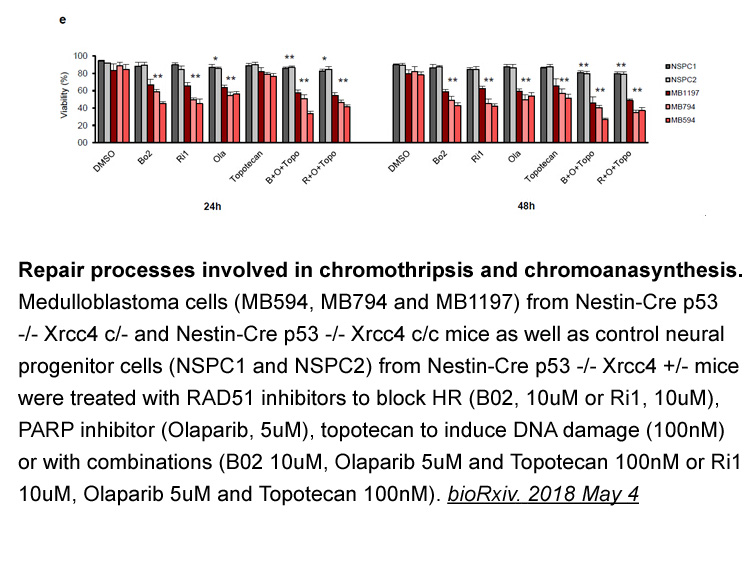
Concluding remarks Definition Prion diseases are fatal neurodegenerative disorders that are caused by an unconventional agent that is neither bacterial nor viral, but is in essence an infectious misfolded amyloidogenic protein, termed a prion (Prusiner, 1982). Once considered highly controvers
15941 records 214/1063 page Previous Next First page 上5页 211212213214215 下5页 Last page